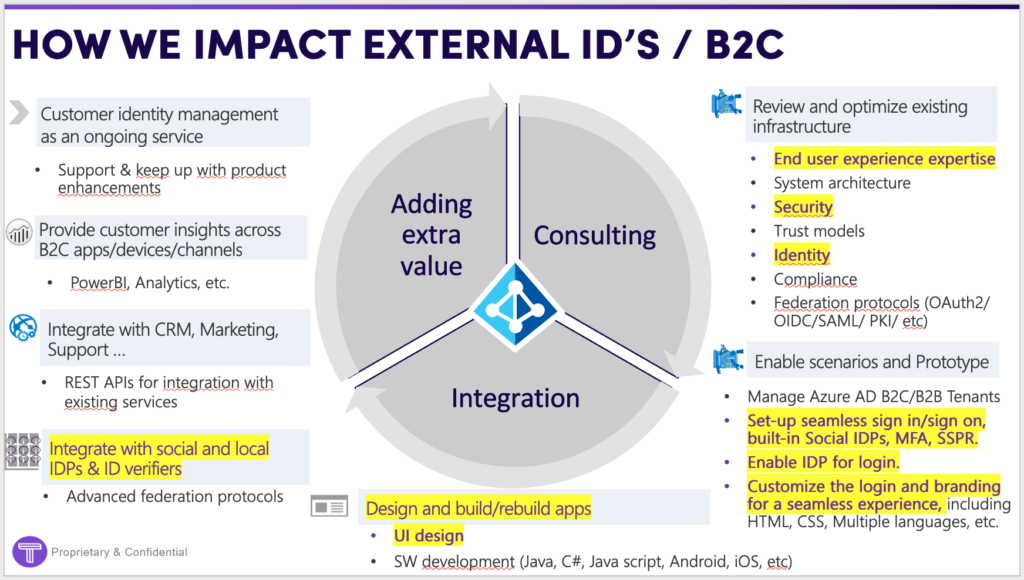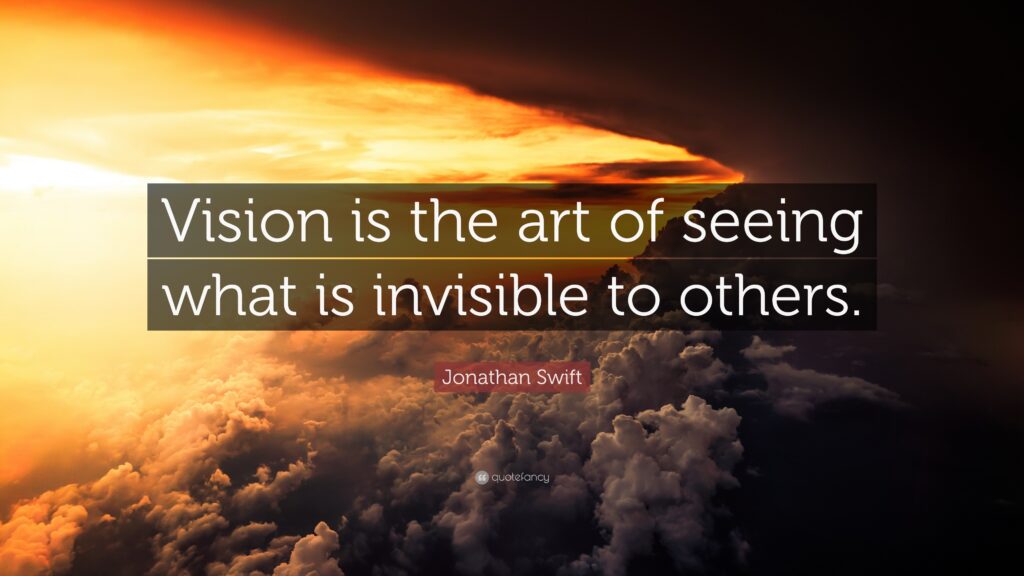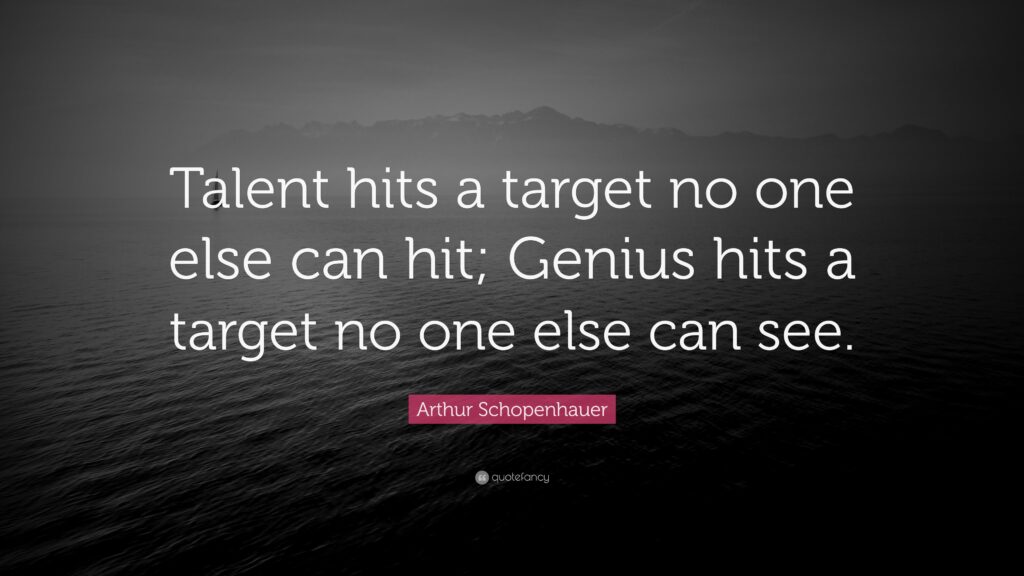You read the articles above, and despite hearing what founders and entrepreneurs go through – you are still interested to take this journey.
Good for you.
You have a vision of the world based on your mission to build a company that will make a “dent in the universe.”
Great.
You now need to make your pitch deck to investors, so they can see your vision and FEEL you are on a mission.
There are many social media posts about decks that won investors over. Yet, my sense is that showing what worked for others, is akin to showing you the numbers that won the lottery last week – and expecting it to help you.
Its not exactly like that, as there are some Dos and Don’ts that are universal.
But none can be as specific to YOUR vision and mission.
So here is a list of Don’ts:
- Don’t pitch too long, so time your pitch, if you did not get to the big idea in the first 7 minutes of the meeting – you missed the mark. Investors have the attention span of a gnat. So 7 minutes is a long time for them to wait to get your pitch.
- Don’t pitch more than 20 slides. If your pitch deck has 20 slides, and 10 more in the appendix… its too much. Yes, you have a LOT to say. Yes, you want to make sure they don’t miss the big idea. However… use a TED style pitch, with big images, and few words to TELL YOUR STORY. Don’t read the slides to them. Being a storyteller is half the battle to get THEIR money, and then get employees to join your mission, and then get customers to believe in you and… Your deck can have 50 slides, but you should stop after 12 or so, to see that the idea resonates. Don’t pitch slides because they are there, or because you made them. Read the room and see if the slides do the trick. I had to abandon the slide deck once in an investor pitch, and used the whiteboard. Do what works.
- Don’t overfill your slides with content. In design thinking, there is a concept called Horror Vacui (see reference section below for more). It speaks of the fear of empty spaces, like the horror of vacuum. Many founders load their slides with EVERYTHING they want to say. Major mistake… there is so much an average brain can absorb per slide. A mind of an investor who has seen 10 pitch decks before you showed up, it already saturated. So think about delivering your pitch with the least amount of cognitive load.
Use big images, few words, so you can tell the story and why it matters – not the slide.

Don’t use small images, lots of text, violating the rule of 3 bullets at most – just don’t.

4. Don’t focus on the size of the market. Yeah, I know, sounds crazy. Many founders want to convey that if the “market is $20B and grows at 20% CAGR, then if we just got 1% of it, we are in good shape.” Make sense, right?
Wrong.
You now have 0% of it. And without a compelling reason to change the buyer’s behavior, you will keep having 0% of it, no matter how much you invest, or work hard.
Focus on how you will sway your buyer to first try your product/service (think about proof of concept, POC). Don’t tell the investors about your projects sales. There are NONE. Not until you crack the code to selling. So if you focus on how you plan to crack the code, your pitch will be WAY more credible that the last 1,000 they have seen.
5. Don’t show a marketing budget. What?! Yep, that is what I would do. There is no amount of marketing that will have someone buy a product they do not need. Can I spend a ton of money on tampon ads for guys and expect it to generate sales?
When you start, both you and your prospect don’t know exactly what is going to happen when the POC/pilot starts. You think you know. You want it to work like your plan. You hope that it sticks to the plans…
But many times things change in ways they no one anticipated. Your real job is to evolve with the changes, and find a path to success. A famous Swiss Army adage said “When the terrain disagrees with the map, trust the terrain.”
Through real world usage, you and your prospect will learn what works, what works better and what doesn’t work. From the learnings, your marketing strategy and messaging will emerge from. Only then, you should know your prospect, their pain, and how to communicate to that audience. Then you should put more gas on the the fire. Then you should have a marketing budget.
6. Don’t fall to logical mistakes in the pitch. For example, if the investor asks you on the spot “how many types of customers will you have?” or “how many use cases this product has?” or “how many markets will you serve?”
Say that the answer is currently three. Three types of customers, or three use cases, or three markets.
You could easily assume (wrongly), that 3 options, means that they divide in to thirds. As in, without any further data, 33% of the sales will go with use case number 1, 33% of the sales for use case number 2, and 33% of the sales will go to use case number 3.
Make sense, no?
No.
That is a sure sign that you don’t know the answer, as in life, nothing divides this perfectly between options. It is OK to say “I don’t know yet how the market will respond, and how the sales will divvy up between the use cases, and I will update you and the team if you invest i us, or not.”
7. Don’t forget what is more important than what. Founders put the slide with their founding team in the first five slides of the deck sometime. How is that important, if you have yet to establish what the company is about, why it matters if you win, and what should an investor expect in return?
You should have a slide about your team, the use of funds, projections of sales (which both you and investors know are BS). But first establish why this company MATTERS. What will the world be like if you are wildly successful. Why should your voyage of discovery be funded?
Only then, tell me about the ship, the crew and what color sails you will have.
8. One business at a time
Its very tempting to show the investors that your solution/tech/product/widget can solve many problems, and thus the TAM is huge. That is nice to think about, hope for, and know. But in the real world, you build one business at a time. Amazon began with selling books. Google began with search. After thriving and dominating in ONE endeavor, they can and should expand to the next logical nexus.

References:
Wikipedia article about Horror Vacui
Reduce the Cognitive Load of your pitch deck


